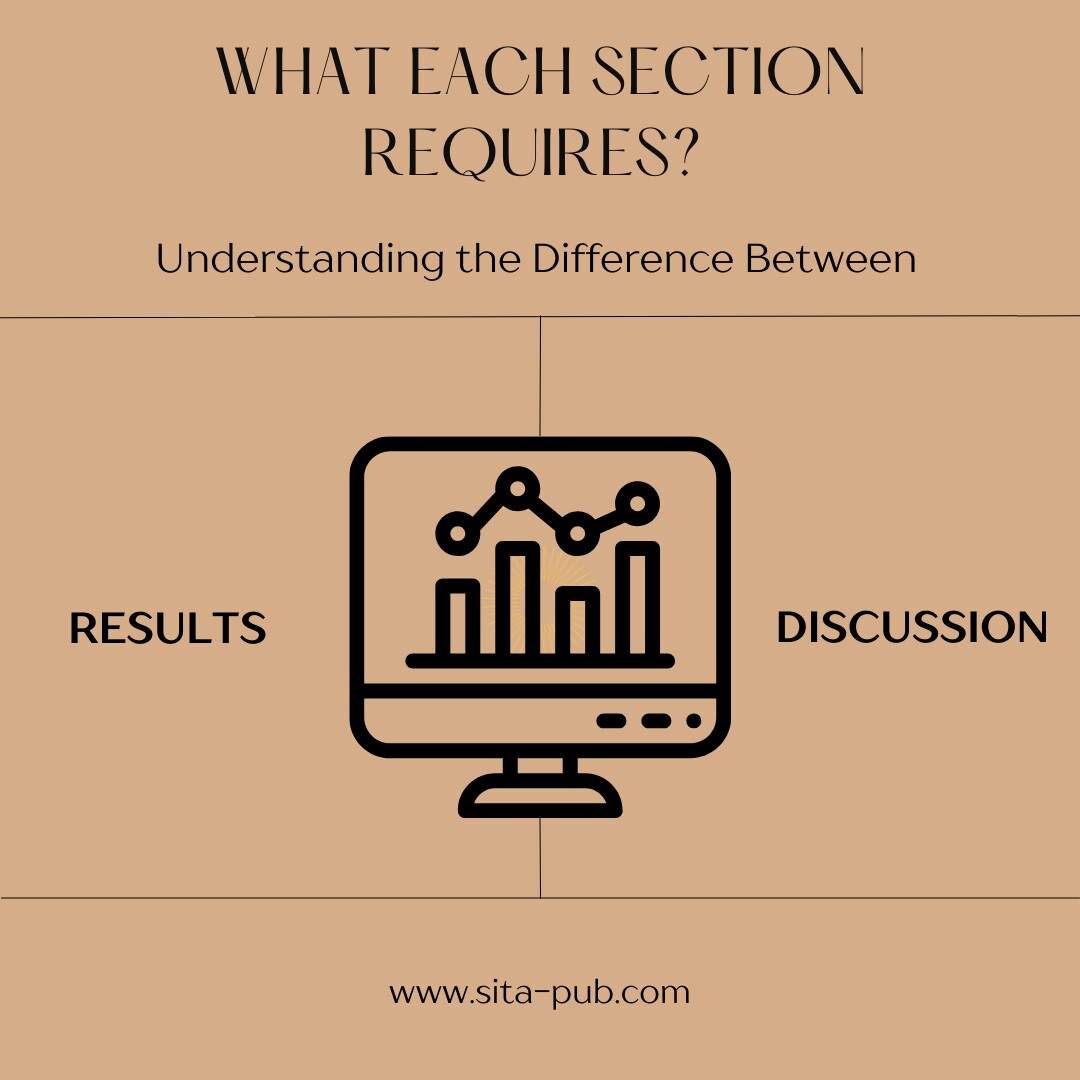Understanding the Difference Between Results and Discussion: What Each Section Requires


When writing a research paper, two important sections are the Results and Discussion. Understanding the difference between these sections is essential for presenting your findings clearly. Each section has a specific purpose and requires different types of content. Let’s explore what each section entails.

The Results section is where you present the data and findings from your research. This part of the paper should be straightforward and focused on the facts. Here’s what you need to include:
In the Results section, you should show your data clearly. This can be done using tables, graphs, and figures. Each visual aid should be labeled properly, and you should refer to them in the text. For example, you might say, “As shown in Figure 1, the results indicate…” This helps the reader understand the data quickly.
It’s important to summarize your key findings using descriptive statistics. This includes providing averages (means), variations (standard deviations), and any statistical tests that you used. For instance, if you conducted a survey, you might report the average score and how much the scores varied among participants.
In the Results section, stick to the facts. Avoid interpreting the data or discussing its implications here. Your goal is to report what you found, not to explain what it means. This keeps the section clear and focused.
Organize your results in a logical order. This can often follow the sequence of your research questions or hypotheses. For example, if you had three main questions, present the results related to the first question, then the second, and so on. This organization helps readers follow your findings easily.
Aim for clarity in your writing. Use simple language and be concise. Avoid lengthy explanations or unnecessary details. The Results section should be easy to read and understand.

The Discussion section is where you interpret your results and explain their significance. This section allows you to analyze your findings and connect them to existing research. Here’s what to include:
Start by discussing what your findings mean. Explain the patterns, trends, or unexpected results you observed. For example, if your results showed that a certain treatment was effective, explain why you think it worked.
Relate your findings to previous studies. Discuss how your results support or differ from what other researchers have found. This comparison helps place your research in a broader context. For example, “Our results align with Smith et al. (2020), who found similar outcomes…”
Discuss the broader implications of your findings. How do they contribute to your field? What might they mean for practice, policy, or future research? For instance, if your research suggests a new treatment is effective, discuss how this might change current practices.
It’s important to acknowledge any limitations in your study. This could include factors such as a small sample size or potential biases. Recognizing limitations shows that you have a critical understanding of your work and helps readers interpret your findings appropriately.
Suggest areas for future research based on your findings. This could include questions that remain unanswered or new avenues of inquiry that your research has opened up. For example, you might say, “Future studies should explore…”
Aspect | Results Section | Discussion Section |
|---|---|---|
Purpose | Present data and findings | Interpret and explain the significance |
Content | Data, tables, figures, and statistics | Analysis, implications, comparisons |
Tone | Objective and factual | Analytical and interpretive |
Focus | What was found | What it means and why it matters |
Order | Logical order based on research questions | Synthesize findings and relate to literature |
Limitations | Generally not included | Acknowledge limitations of the study |
Future Directions | Not typically included | Suggest areas for further research |
In summary, understanding the difference between the Results and Discussion sections is crucial for effective scientific writing. The Results section focuses on presenting data in a clear and objective manner, while the Discussion section interprets that data and explains its significance. By clearly separating these sections, you can enhance the clarity and impact of your research paper.
When writing your Results, aim for straightforward data presentation and objective reporting. In the Discussion, take the time to analyze, compare, and reflect on your findings. This approach will not only make your paper more readable but also strengthen your arguments and contributions to your field. By mastering these sections, you can effectively communicate your research and engage your audience.
If you have any questions, inquiries, or would like to learn more about our services, please don't hesitate to reach out to us. Our dedicated team is ready to assist you.